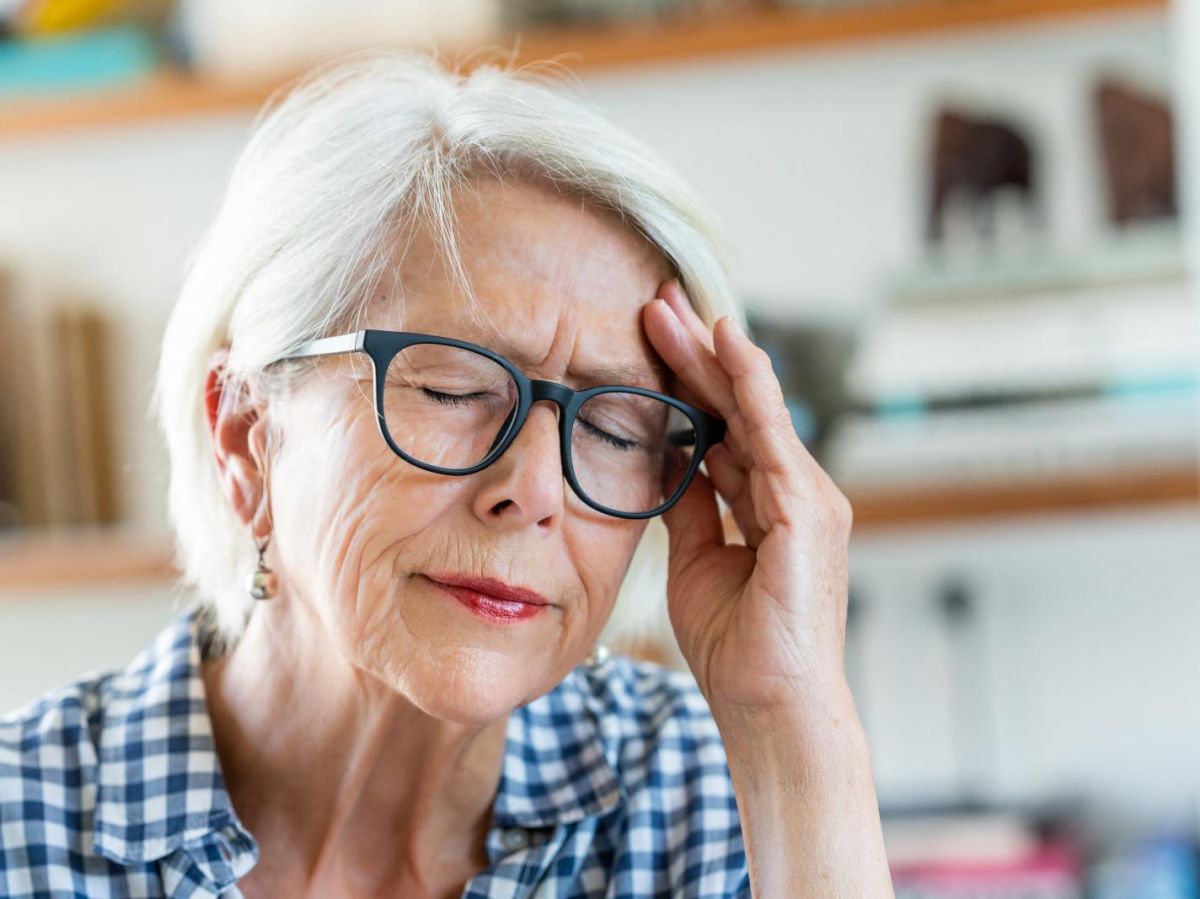Do you suffer from migraines? Then there's no doubt that on this June 21st, World Migraine Solidarity Day, you're already well-versed in the subject. For others, it will not be superfluous to recall a few elements in the face of this common condition (12 % adults, 5 to 10 % children) affecting nearly 11 million people in France.
Although women are affected 2 to 3 times more than men, a third of patients have never consulted, resort to self-medication andThe management of this condition, the second leading cause of disability after stroke according to the World Health Organization (WHO), is far from optimal, as the first scientific study conducted by patients published in the reference journal The Journal of Headache and Pain.
Indeed, patients sometimes faced with long diagnostic wanderings (seven years on average) often hear the response “Come on, a Doliprane and off to bed,” or that it is "just a woman's illness and it will pass". But no, it doesn't work.
Migraine, a neurological disorder often underestimated
Head stuck in a vice, vomiting, hypersensitivity to light... so many signs - not always present in all patients - expressed in this often minimized neurological disorder which is not limited to pain but often spreads over several days with successive phases of fatigue, cognitive disorders, so many symptoms impacting more or less heavily on professional and personal life.
Moreover, when faced with a headache, that is to say a cephalgia, the diagnosis is not always easy to make because there are more than 200 different types of headaches, specialists distinguishing between primary headaches (unrelated to another pathology, migraine and tension headaches being the two main representatives), secondary headaches (related to another pathology).
In the case of primary headaches, it is important to distinguish between migraine (intense pain, always pulsating, on one side of the head, with or without aura, i.e. with signs announcing the attack in some people) and episodic tension headache (less intense, more diffuse, not aggravated by exertion, without digestive signs).
“We don’t see migraines today like we did 20 years ago.”
In all cases, no biological examination but a diagnosis based essentially on an interview as specified in the French Society for the Study of Migraine and Headaches (SFEMC).
“ Due to intense scientific work carried out in recent years, we no longer see migraines today as we did 20 years ago, explains Dr. Geneviève Demarquay, neurologist at the Lyon University Hospital and president of the SFEMC.Knowledge of the triggering mechanisms has become more precise and we It is now known that the brain of migraine sufferers is in some way hypersensitive to changes..
But, between patients who are sometimes quick to self-label themselves as "migraine sufferers" but who do not seek medical help, doctors who are not always well trained or attentive to their patients and self-medication, " migraine needs in France remain unmet,” continues the specialist.
For a long time, only non-specific molecules for this complex neurological disease (nonsteroidal anti-inflammatory drugs, beta-blockers, antidepressants, etc.) were used to calm attacks. While sometimes sufficient in less severe cases, they are often completely ineffective in the most severely affected.
New molecules not yet accessible to French patients
In the 1990s, triptans arrived, a new therapeutic class representing a real progress in the management of migraine attacks. Their mode of action is twofold: vasoconstriction of the cranial vessels and inhibition of the release of inflammatory substances. To be effective, they must be taken early, at the onset of the headache, and remain contraindicated in migraine sufferers with a history of cardiovascular disease.
For about five years, following research work initiated almost 30 years ago, other mechanisms involved in triggering migraines and highlighting the role ofa small molecule, a peptide called CGRP, were discovered. As a result, new molecules that block this peptide or its receptor have been developed (such as gepants). They can be used in crisis treatment but also as long-term treatment because they prevent crises from occurring.
In the form of tablets, subcutaneous self-injections or intravenous infusions carried out in hospital, they are better tolerated than conventional treatments.
These new arrivals (anti-CGRP, gepants) are all intended for the most severe cases, where several treatments have failed, those suffering from more than eight attacks per month. But, to date, due to a medical-economic puzzle which has been bogged down for several years between health authorities and laboratories having been unable to reach a price fixing in the absence of comparative studies, Most of them are still not accessible or reimbursed in France, unlike in various European countries.
As a result, those who can spend several hundred euros a month will go abroad to obtain them, while others try to get by with the help of their neurologists. “ It is estimated that around 50,000 people in France would benefit from these approaches., specifies Dr. Cédric Gollion, neurologist at Toulouse University Hospital. Discussions regularly resume between the various parties, but so far without success.
French migraine sufferers will therefore have to wait a little longer. For the record, with triptans, they had already waited seven years.
